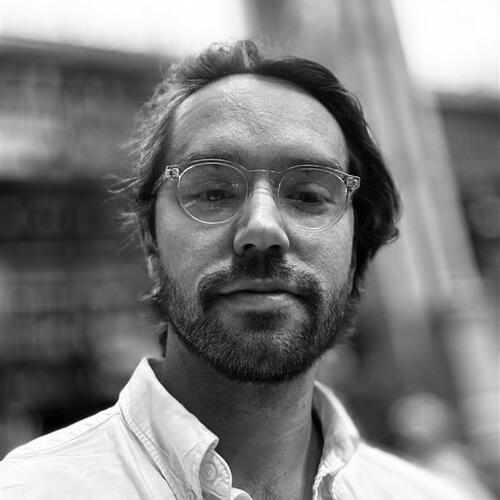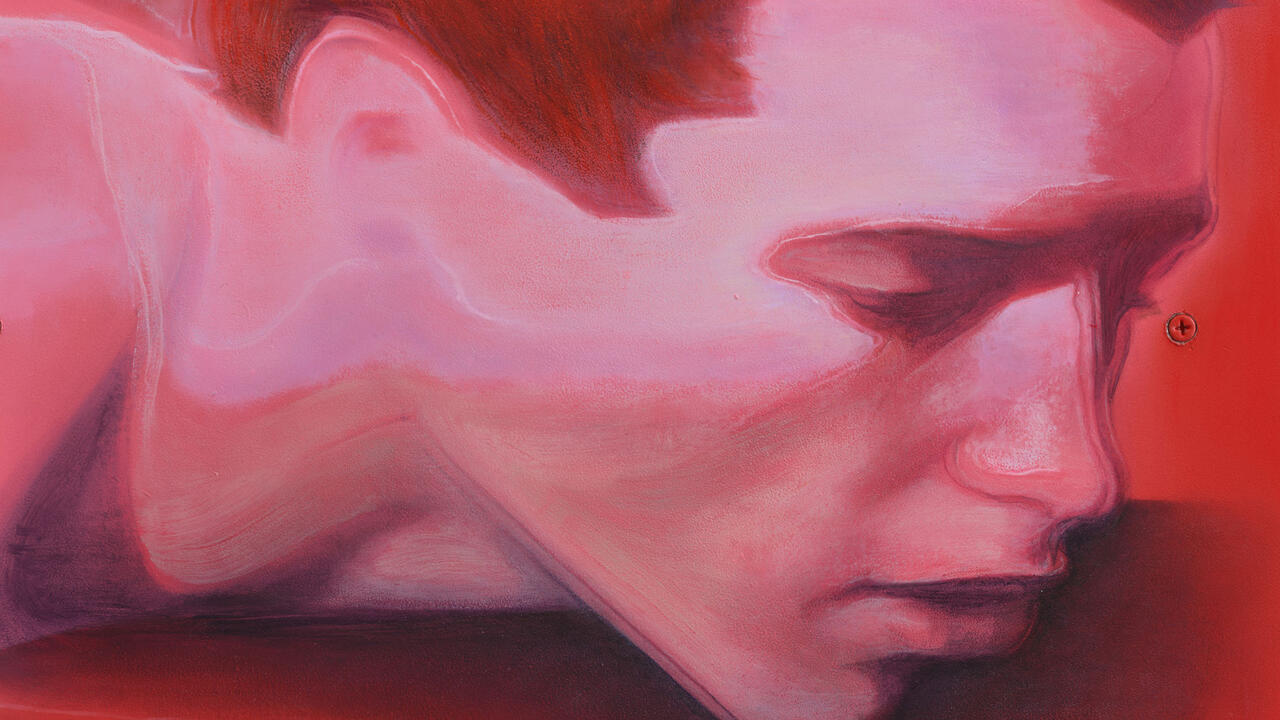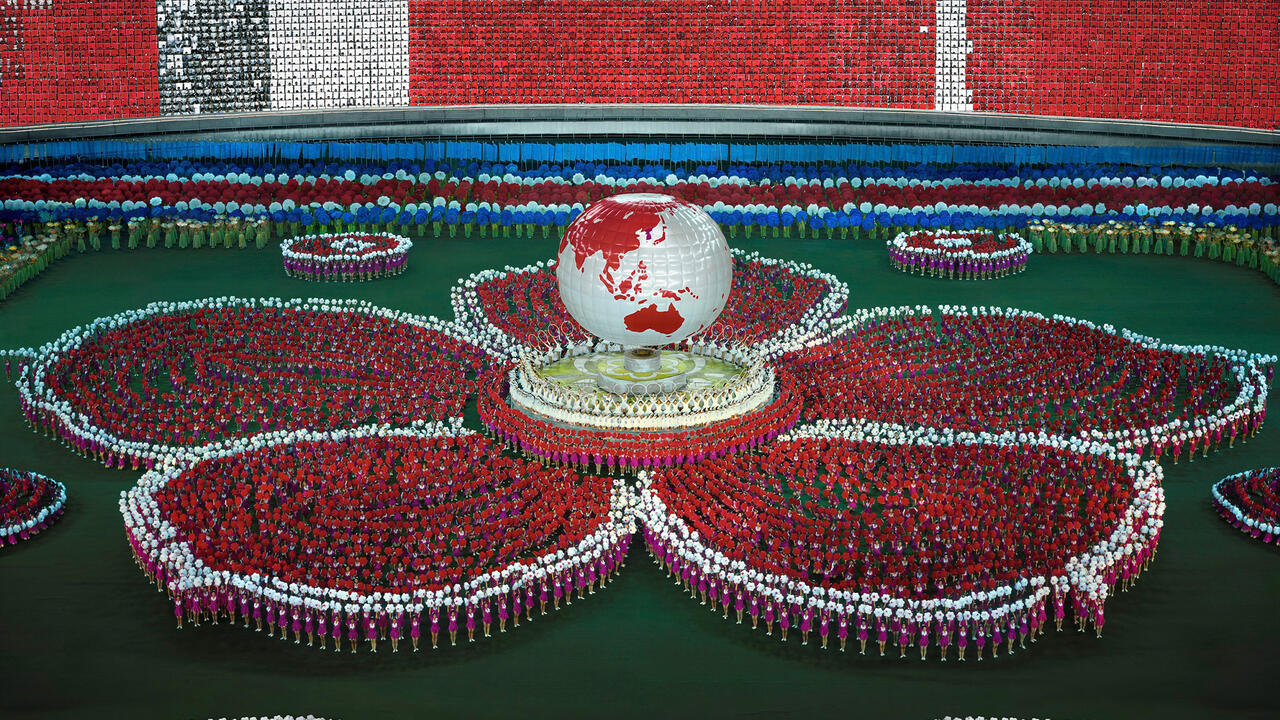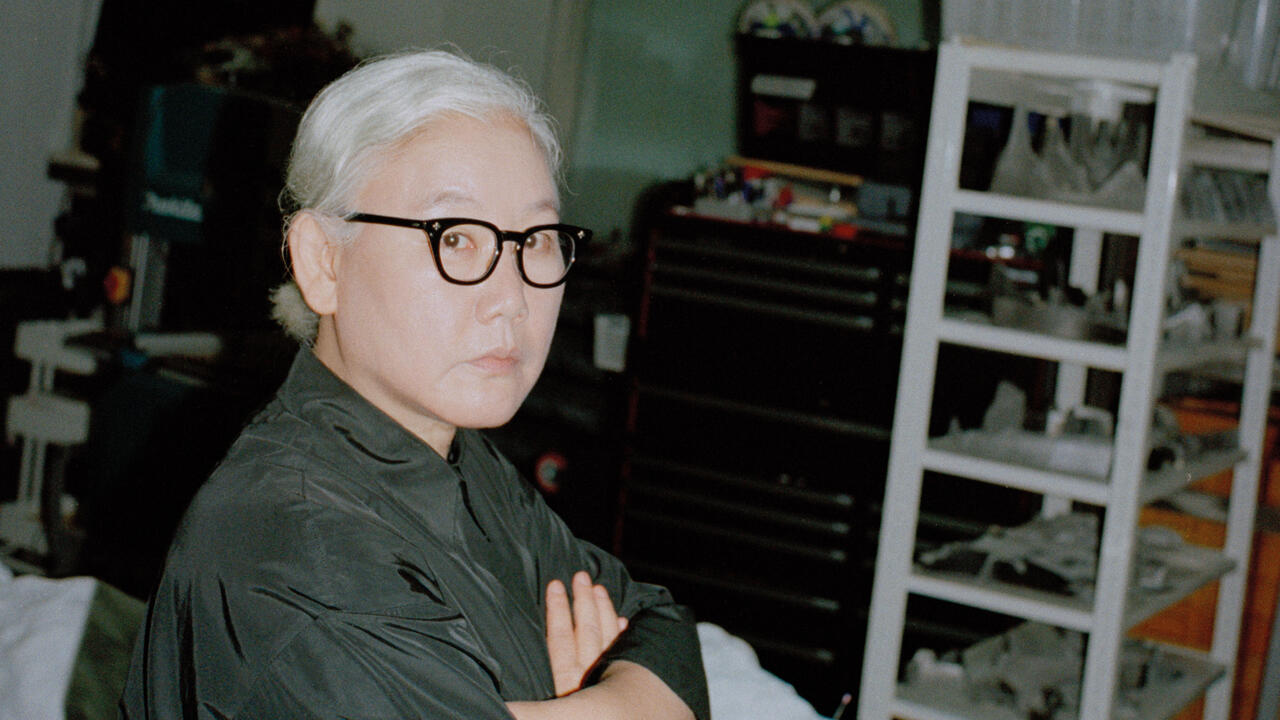Stone Fruit and Paper Insects: Erika Verzutti’s Play with the Soft and the Hard
In the artist’s exhibition at Centre Pompidou, materials are laced with humour and sexual innuendo
In the artist’s exhibition at Centre Pompidou, materials are laced with humour and sexual innuendo

For the past couple of years, the arrival of spring has coincided with the transformation of the Centre Pompidou’s South Galleries into a laboratory for experiments at the crossroads of art and new technologies. The exhibition series ‘Mutations / Creations’ looks at art which draws inspiration from biological life: employing advanced technologies to imitate natural processes, incorporating living organisms and even augmenting human anatomy with digital tools.
For its third instalment, ‘La fabrique du vivant’ (Design of the Living), the main exhibition is accompanied by a solo show by Brazilian sculptor Erika Verzutti, which purports to resonate with its bioengineering theme. This seems strange: Verzutti’s work, much of which evokes animals and fruit, is at most an abstract representation of the natural world. Instead, her sculptures animate the many materials in which she works – bronze, ceramics, cement and papier mâché – with a certain sensitivity to their haptic qualities. 
The first work that the visitor encounters upon entering the exhibition is Opening with rain (2018), which looks, at first glance, like a large slab of stone. It's actually painted papier maché, with traces of colorful paint – blood-orange, fluorescent yellow and deep turquoise – set into recessed spaces that appear as zoomorphic hieroglyphs, describing something between insect and totem. These markings radiate out from a stone egg suspended within a crater in the lower half of the composition.
Characterised by a common vocabulary of forms, in which eggs feature prominently, much of Verzutti’s work is laced with humour and sexual innuendo. In Boyfriend (2014), for instance, two real ostrich-egg shells poke out from the bottom folds of a velvety looking bronze bed, suggesting at once a sleeping couple, milky-white cleavage and a pair of testicles. Titles often play with the viewer’s perception, as in Centipede (2018): hung high on the wall, the work’s sinuous black silhouette, in conjunction with its title, lends it the appearance of an oversized hundred-legged myriapod. The dark curved forms, which suggest a centipede’s scrabbling legs, are in fact bronze casts of bananas.
Almost all the works also bear some trace of the process of their making: soft indentations left by sculpting fingers and kneading fists, scraped out recesses in chunks of stone and papier mâché, occasionally accented with exuberant flourishes of pastel paint. 
Although many works are hung on walls and colourfully painted, the principle preoccupations of Verzutti’s work belong to the third dimension of sculpture. The tension between applied colour and sculpted form is palpable in a work like Cinse com Pincel (Swan with brush, 2015), in which a curved sculptural mass, vaguely resembling a swan’s slender neck, surges up from the base to crush the bristles of a vertically integrated paintbrush, in a gesture of domination that is as Freudian as it is evocative of the Paragone, the ancient battle between the arts, in which, since the Renaissance, artists and theorists have attempted to assert the supremacy of their chosen art form.
Verzutti’s work manages to be at once playful and display significant technical prowess. She exploits the sensibilities of different materials whilst poking fun at the seriousness of art theory. However, the exhibition tries a little too hard to turn her work into something topical, from the forced association with bioengineering to various attempts at gendered readings of her work in the catalogue essays. Neither of these really seem necessary, as the work thrives on its own plastic and aesthetic qualities. Verzutti is a sculptor’s sculptor, someone who brings different materials to life through the labour of her hands. That alone deserves praise.
Main image: Erika Verzutti,Mineral, 2013, bronze, concrete, clay, acrylic, wax, 74 × 420 × 240 cm. Courtesy: Centre Pompidou, Tiroche DeLeon Collection and Art Vantage PCC Limited; photograph: Eduardo Ortega




















